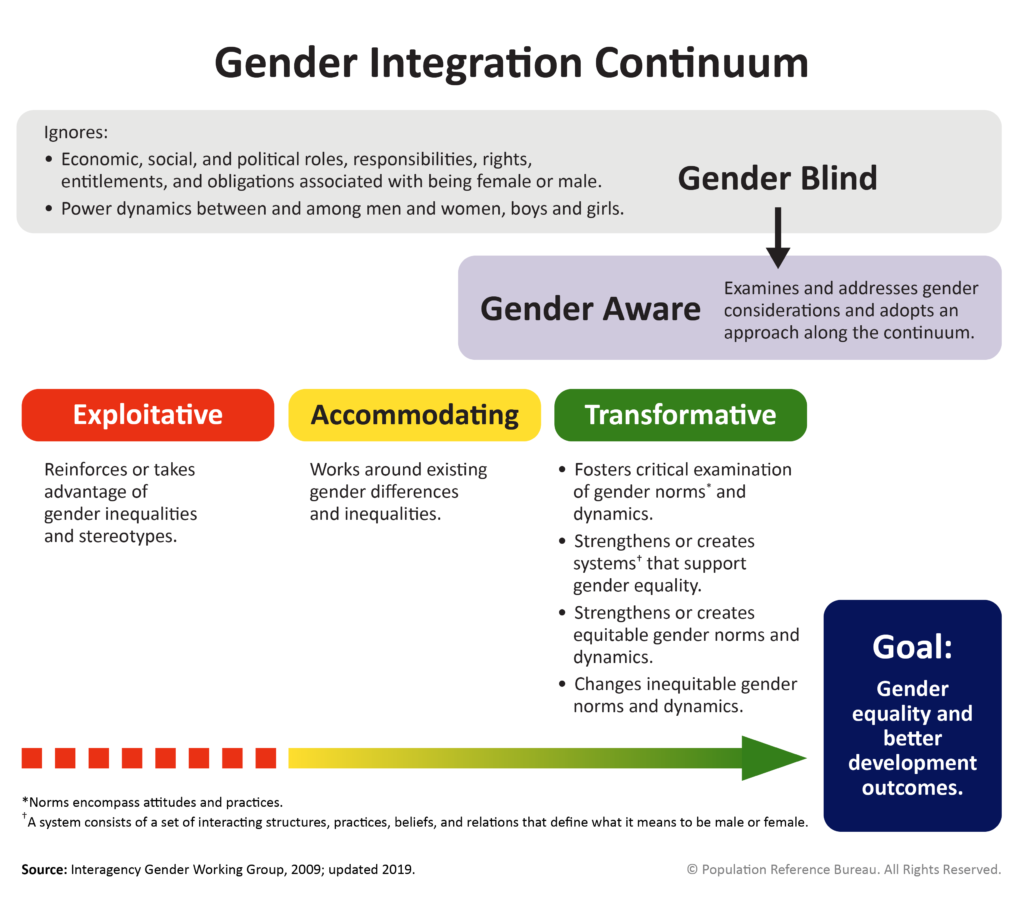Closing the Poor–Rich Gap in Contraceptive Use in Rwanda: Understanding the Underlying Mechanisms
Using data from the 2005, 2010, and 2015 Rwanda Demographic and Health Surveys, 19,028 in-union women (15–49 years) were analyzed to examine trends in socioeconomic disparities in contraceptive use. The shrinking of gaps in contraceptive use by socioeconomic status coincided with narrowing of disparities in demand for children and with improvements in family planning services, suggesting that disadvantaged populations may have especially benefited from public programs...


